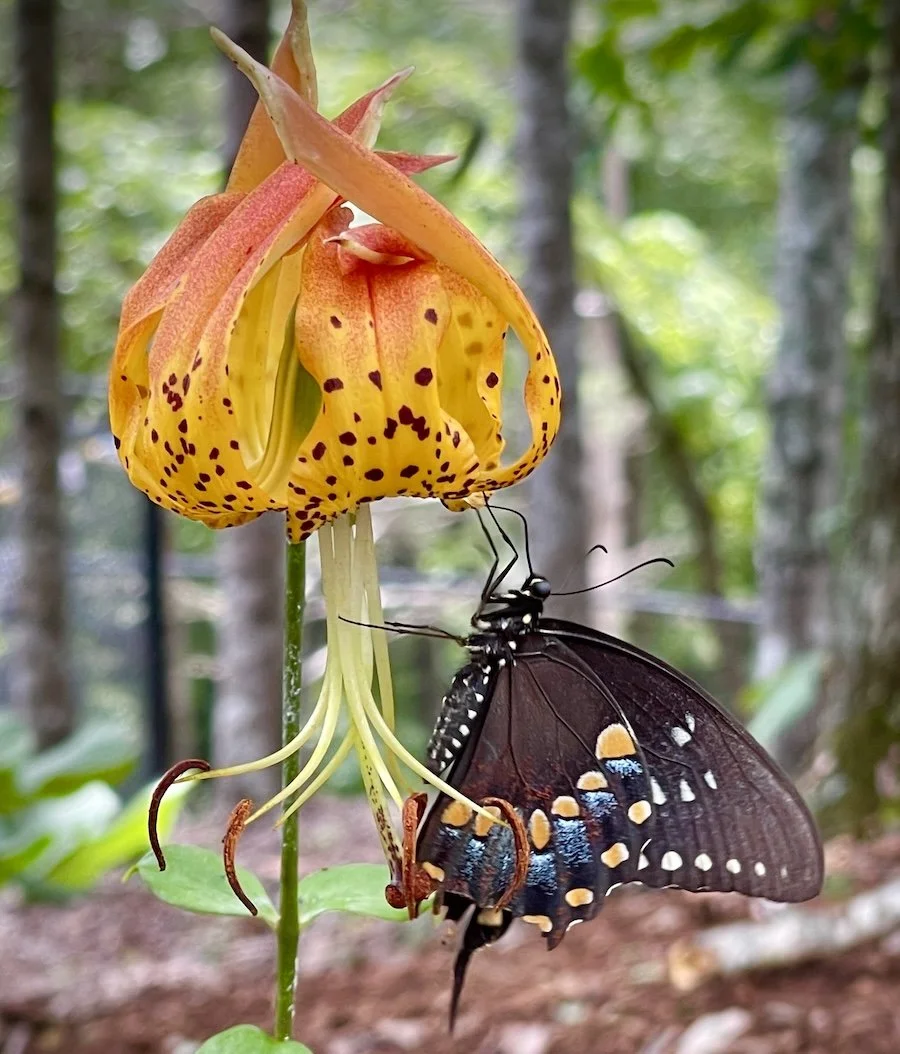Anchors of Hope – Protective Factors
Not everyone who suffers ends their life. Many hold onto lifelines — protective factors that anchor them through the storm.
What Are Protective Factors?
Protective factors are characteristics or circumstances that reduce the likelihood of suicide. They don’t erase pain, but they provide stability and resilience.
Some of the strongest include:
Effective mental health care — access to therapy and treatment.
Social support and connection — friends, family, mentors, community.
Purpose and meaning — reasons for living, even small ones.
Healthy routines — exercise, sleep, nourishing food.
Restricted access to lethal means — making it harder to act in impulsive moments.
The Power of Mindset
Science confirms what wisdom has long taught: “As a man thinks, so he is.” Our bodies hear every thought we think. Hopeful, life-affirming thoughts strengthen the body, while hopeless thoughts weaken it.
Practices like gratitude, meditation, prayer, journaling, and mindful movement can train the mind to shift — even slightly — toward hope. And sometimes, the smallest shift is enough to keep someone tethered to life.
Keeping Hope Alive
Suicide prevention is not only about reducing risk but about building protective factors. Creating environments where people feel loved, supported, and purposeful makes a real difference.
Because when storms rage, it’s the anchors — the connections, the meaning, the hope — that keep people from being swept away.
✨ There have been 7 Posts on Suicide Awareness, see a summary or the full menu of posts

